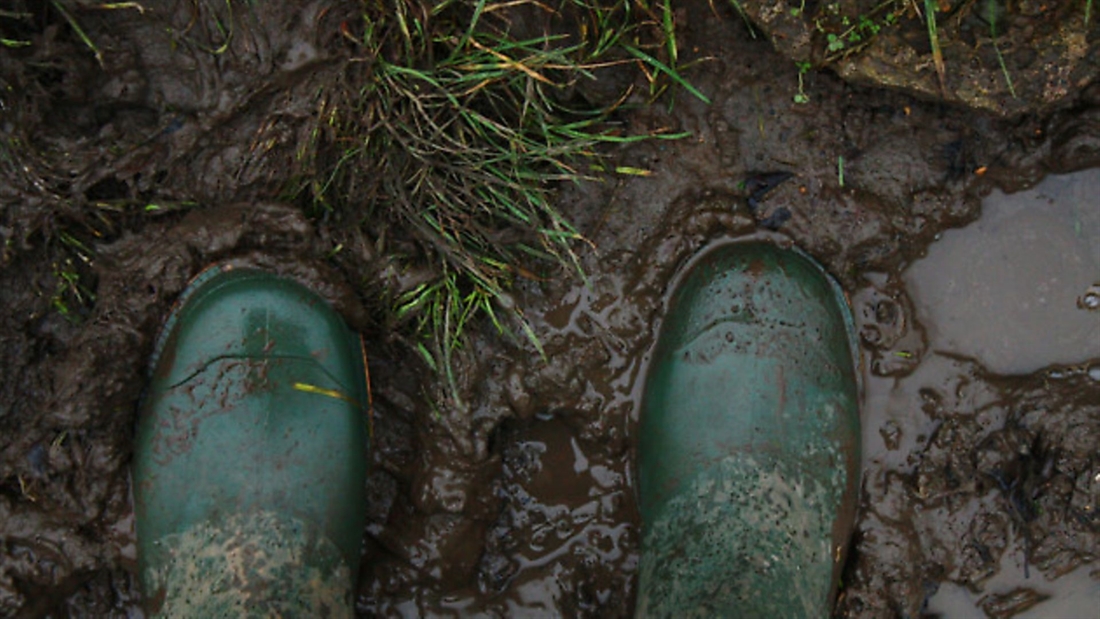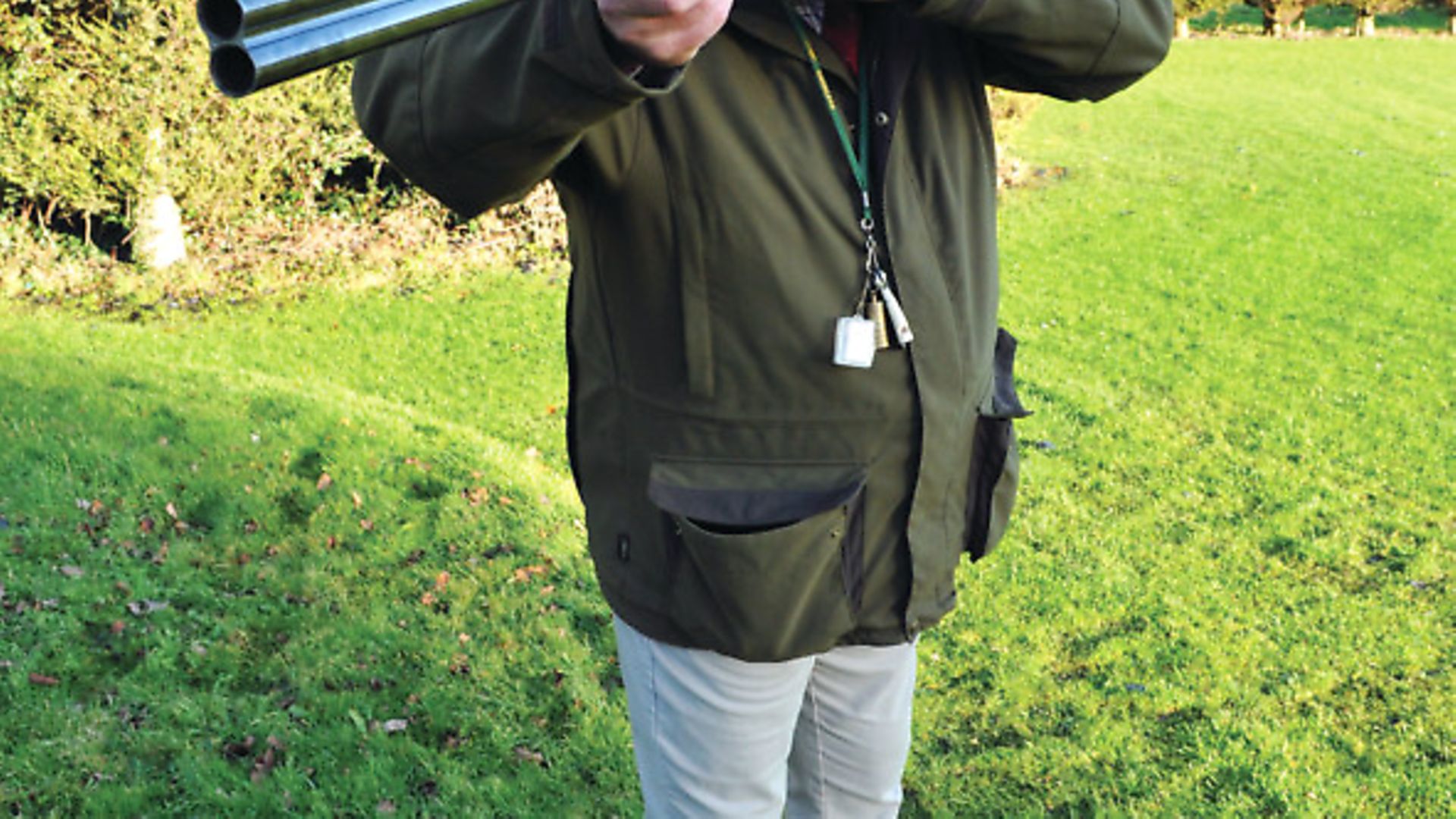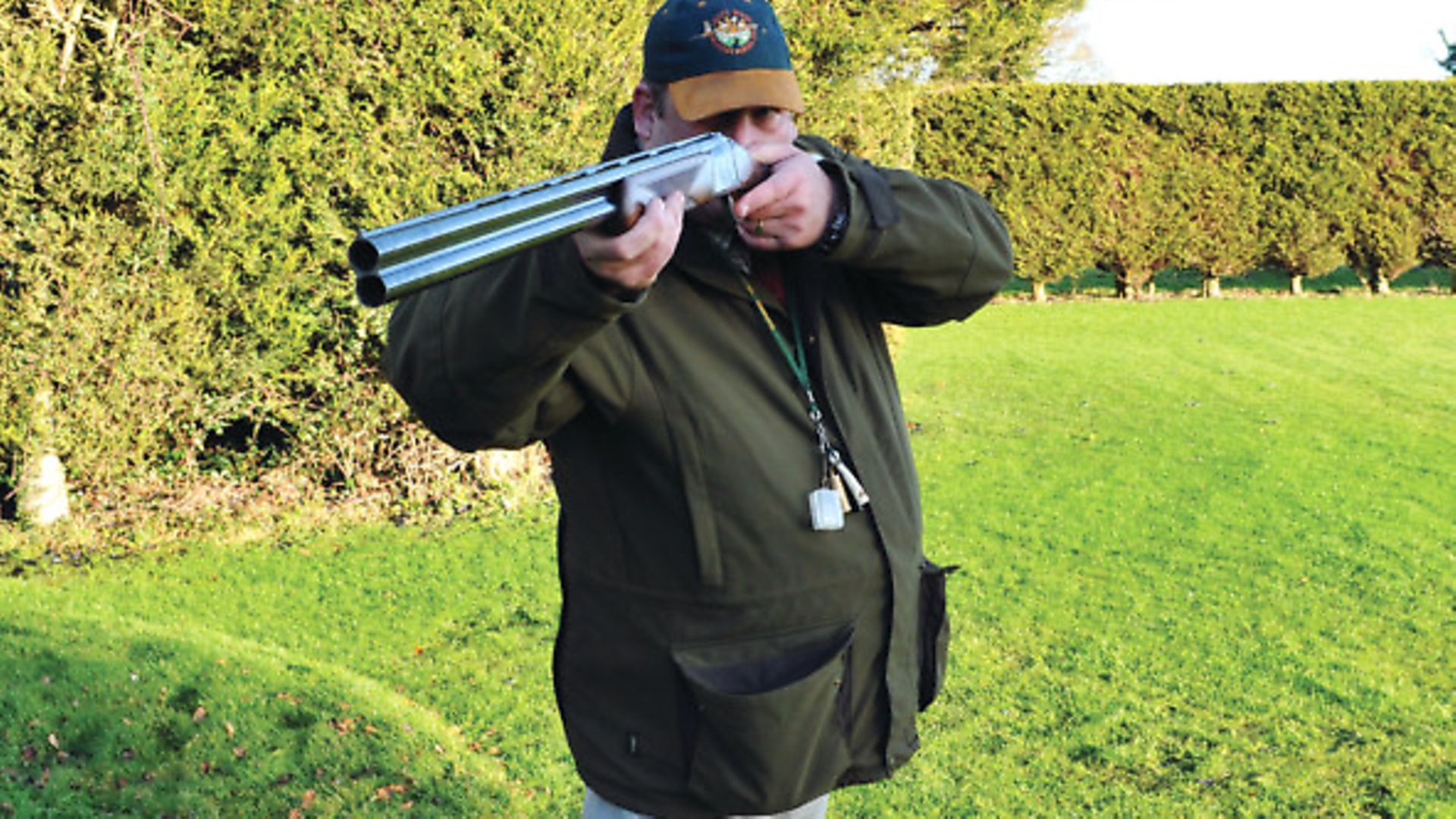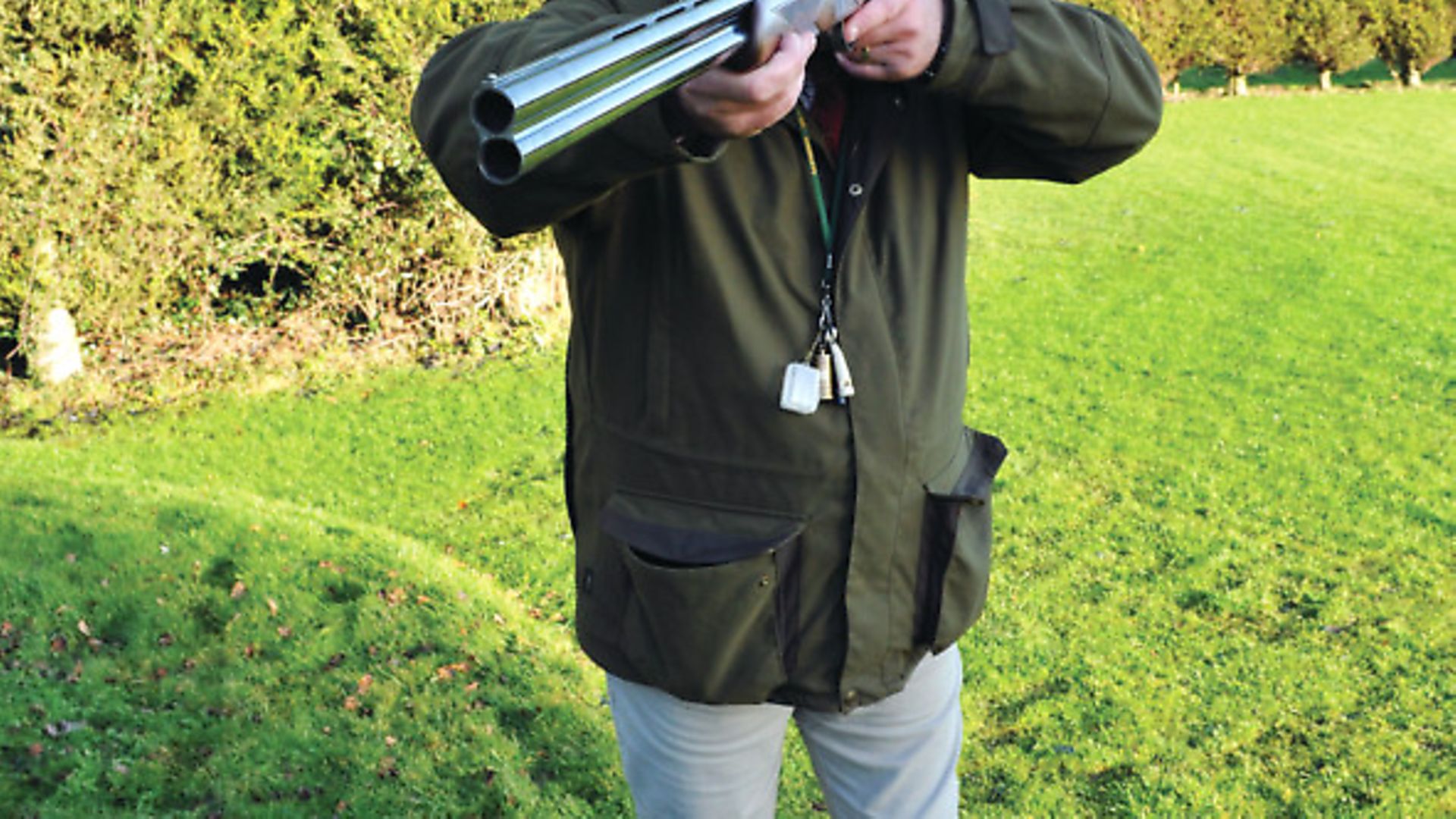Technique – footwork for clays, pigeons and driven shooting

Footwork is an often neglected but vital element of shooting technique. Will Edwards tells us how to improve, and gives us ‘fast feet’ tips for clays, pigeons and driven shooting
One of the most commonly neglected elements of shooting technique is the position of our feet. It is essential that when we pull the trigger we are square on and balanced – whether that target is clay, a bird, or a rabbit.
Setting your feet up square-on to your kill point before taking the shot allows you to simply rotate your upper body back to the direction the target is coming from. As you swing through and take the shot, the gun is free to follow through as your movement won’t be restricted in any way.
Clays
This becomes more difficult when shooting clays on report, as the set-up must be repeated almost instantly. In training, the way to remedy this is to allow a few extra seconds between the first and second targets, allowing time to ‘shuffle’ your feet and set-up correctly for the second target.
Gradually speed up the release time of the second target until you have sped up your footwork and are nailing both targets comfortably. Practise at the clay ground before moving onto live quarry.
Pigeons
If you’re decoying pigeons and shooting from a hide, it’s important you make your hide large enough so as not to catch your barrels on the netting when you rise up to take the shot. Also ensure the floor area is uncluttered so you can move your feet easily to set up the shot.
A good tip (from the Crowman) is the use a large sheet of board covered with chicken wire on the floor on wet days. This avoids any slips and also means you won’t end up getting bogged down, both of which will hinder your footwork and prevent you from making the best shot you can.
Driven days
When placed on your peg try and have a look around and find a nice dry flat area to stand on (this is not always possible – frankly, it is often impossible). Either way, as the bird starts to lift and come towards you, watch the line it’s taking very carefully. Be prepared for the fact that, if it starts curling to the left or the right, you must move your feet accordingly and not stay glued to the spot. Remember – set up your feet for your chosen kill point, allowing you to remain balanced as you take the shot, and leaving plenty of swing for a follow up shot if needed.








